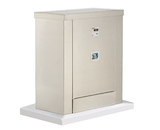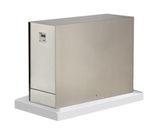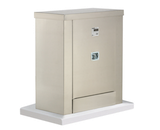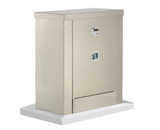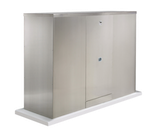Have a question about pump enclosures or covers? Here's everything you should know about pump enclosures, why they're necessary for keeping pump equipment safe, and why you should go with Safe-T-Cover for your pump cover needs.
-
1Contact Information
-
2Additional Details

